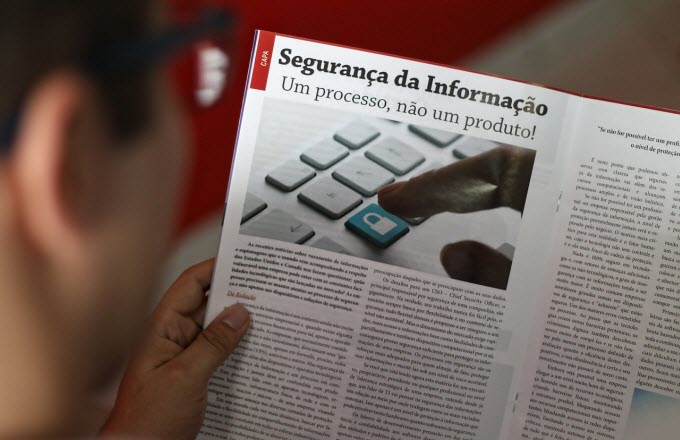Researchers at Xerox PARC have created a new type of cryptographic processor that’s capable of self-destructing if ordered to do so. The new chip is part of a DARPA-funded.
Creating a chip that can store cryptography keys and self-destruct if it falls into the wrong hands could solve a problem that’s as old as cryptography itself — how do you ensure that the right recipient can read your messages, while still protecting the data from unauthorized recipients? Quantum computing could offer a potential solution to this in the long run, since attempting to read the data being transferred between two quantum computers will inevitably change the data-state and alert the users that they are being spied on. Since quantum computing remains a long way off, however, other solutions for data security are needed.
This is where the Xerox PARC processor comes in. The chip is built on a Corning Gorilla Glass substrate and designed to shatter if ordered to do so.
This is where the Xerox PARC processor comes in. The chip is built on a Corning Gorilla Glass substrate and designed to shatter if ordered to do so.
“We take the glass and we ion-exchange temper it to build in stress,” said Whiting. “What you get is glass that, because it’s heavily stressed, breaks it fragments into tiny little pieces."
Shattering the glass is straightforward. When the proper circuit is toggled, a small resistor within the substrate heats up until the glass shatters. According to Corning, it will continue shattering even after the initial break, rendering the entire chip unusable. The demo chip resistor was triggered by a photo diode that switched the circuit when a laser shone upon it. The glass plate quickly shattered into fragments once the laser touches it.

























